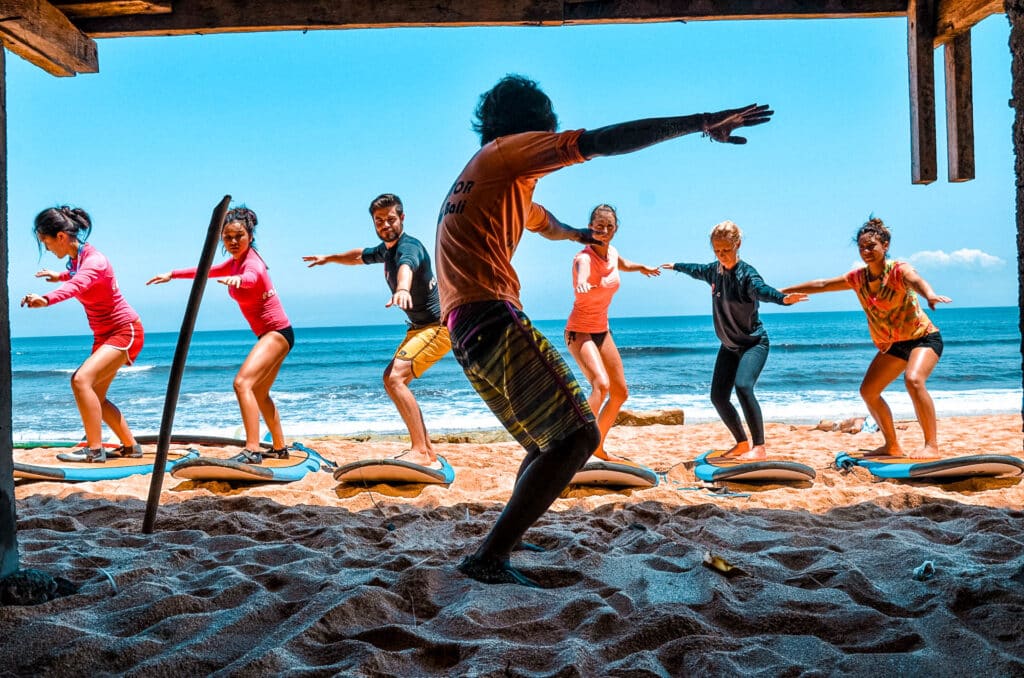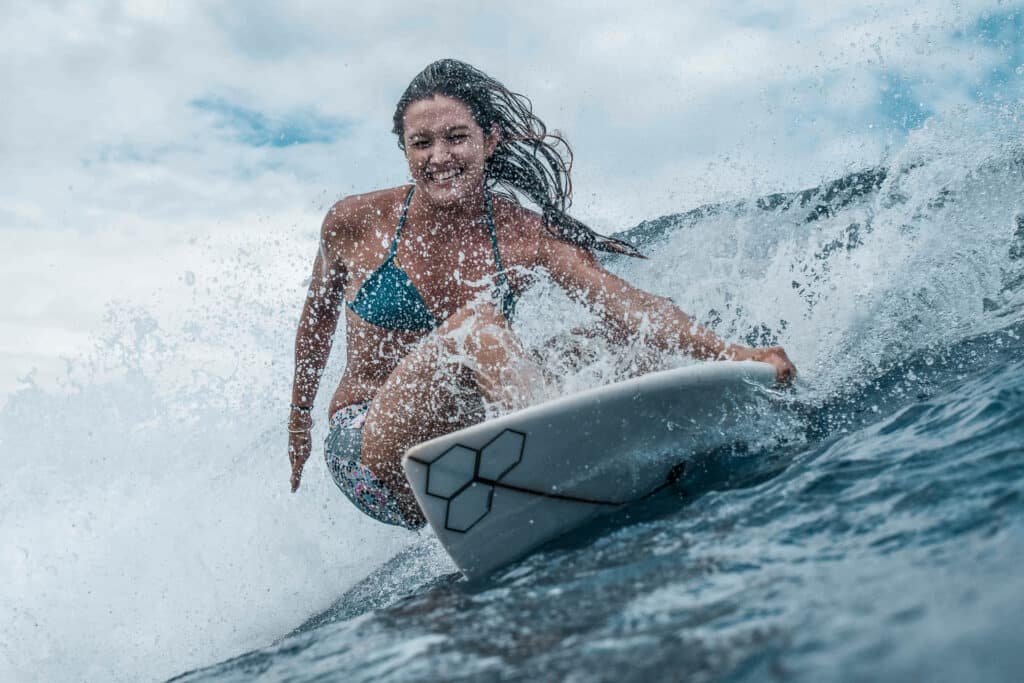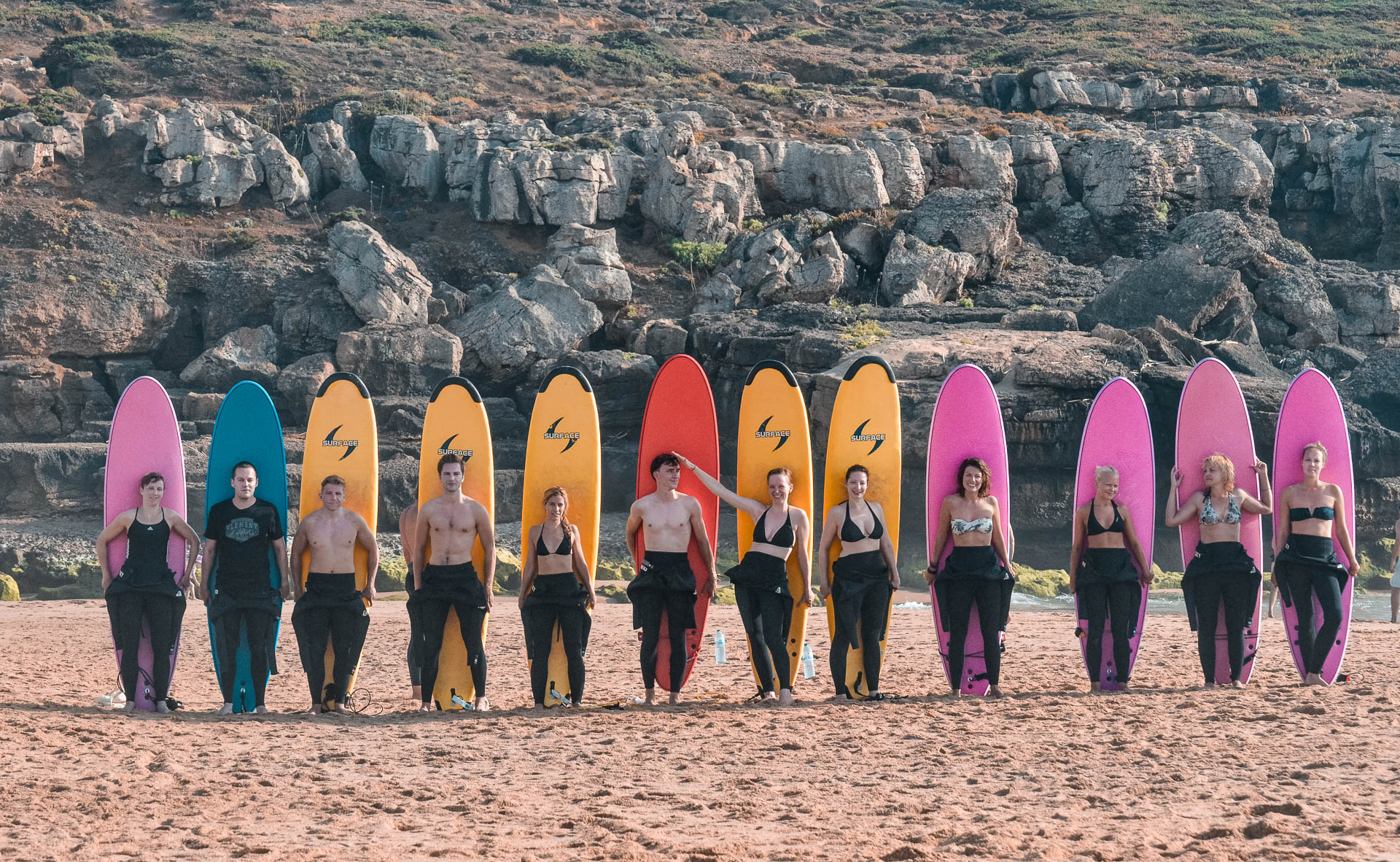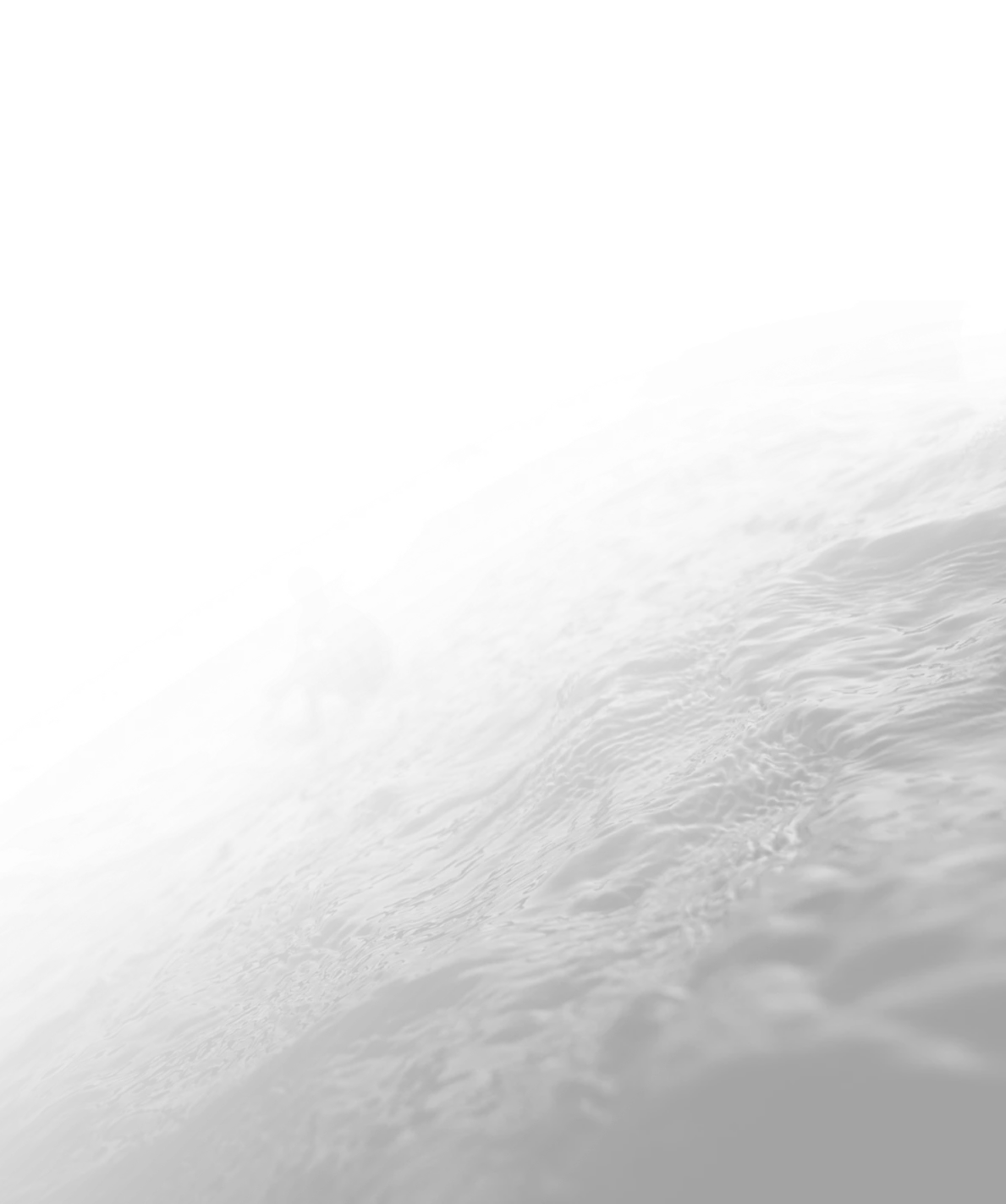Surfing is one of the most exhilarating and rewarding water sports out there, if you’re a beginner surfer, you’re about to embark on an incredible journey of riding waves. At first glance, surfing might appear hard or even impossible, especially when observing more surfers navigating the waves.
However, don’t be discouraged. With surf lessons, you’ll gain invaluable insights into surfing safety, catching waves, and mastering essential techniques. Get ready to embark on an extraordinary journey of learning, fun, and catching the waves of a lifetime!
Learning To Surf: Beginner Surfers VS Advanced Surfers
Regardless of your level, from beginner surfers seeking to conquer the white-foamy surf to seasoned surfers chasing the rush of big waves, the knowledge gained from these surfing tips will propel you towards a greater appreciation of the sport and a deeper connection to the vast, ever-moving ocean.
So, grab your board, get into your wetsuit, and let’s dive into the world of surfing – a realm where excitement and serenity converge, and the waves await to carry you on an epic adventure like no other.
1. Start Surf Lessons
If you’re new to the world of surfing, embracing the guidance of a qualified surf instructor through surf lessons is a valuable step towards mastering the art of riding waves.
A skilled teacher serves as a beacon of knowledge, imparting essential fundamentals that lay the foundation for a safe and enjoyable surfing experience. From ensuring your safety in the water to understanding the proper use of surf gear, paddling techniques, and the art of popping up on the board, a good instructor’s expertise will help you build confidence and competence in no time.
The wisdom gained from surf lessons extends beyond basic skills; it’s a gateway to comprehending the ocean. With an experienced instructor by your side, you’ll learn the art of selecting the right surf spot, a crucial aspect of finding waves suited to your ability level.
Additionally, as you venture into the waters, your instructor’s keen eye will guide you in reading the waves, understanding their patterns, and mastering the art of timing, enabling you to catch waves with grace and finesse. In the hands of a skilled teacher, your surfing journey will be an enlightening and empowering experience, equipping you with the knowledge and confidence to explore the endless horizons of the surfing realm.

2. Choose the Right Beginner Spot
As a beginner, it’s essential to choose beginner-friendly surf spots, where smaller waves and sandy bottoms offer a comfortable learning environment. These spots are less crowded, providing you with ample opportunities to hone your skills without being overwhelmed by other surfers. As you progress and grow more comfortable on your board, you’ll have the chance to explore more advanced surf spots, and perhaps even take on larger waves.
3. Start with a good warm-up routine and a large board
Before diving into the depths of the surf, it’s essential to warm up your muscles and prepare your body for the action-packed session ahead.
A proper warm-up routine helps prevent injuries and ensures your body is primed for the waves that await. Armed with the right surf gear, including a suitable beginner board, you’ll steadily build your skills and confidence to conquer the waves.
A big board, also known as a longboard or soft-top, provides more stability and buoyancy, making it easier to ride waves and balance on the water. As you gain confidence and skill, you can switch to a smaller board.
4. Practice on Land: Mastering the pop-up
Before going into the ocean, learning the art of the pop-up movement on dry land is an essential step towards riding the waves with finesse and style.
The pop-up, a fundamental technique in surfing, involves transitioning swiftly from a prone position on your board to an upright stance as the wave propels you forward. Practicing this movement on land allows you to familiarize yourself with the mechanics, develop muscle memory, and refine your technique, setting the stage for smoother and quicker pop-ups in the water.

As you begin your pop-up practice, find a comfortable and spacious area to lay your surfboard on. Position yourself on the board, lying flat on your stomach, with your hands placed firmly on the board’s surface beneath your shoulders. Your feet should be positioned together, ready to spring into action.
Now, with controlled and fluid movements, push yourself up into a crouched position by straightening your arms, keeping your back arched, and bending your knees beneath you. This transitional movement mimics the motion of a spring, readying you to launch into a standing position on the board with grace and agility.
As you repeat this process, focusing on fluidity and speed, you’ll gradually notice an improvement in your technique. The more you practice, the more your body adapts to the motion, and soon enough, you’ll find yourself popping up effortlessly as the wave carries you forward. Remember, mastering your technique is not just about speed; it’s about finding a rhythm that suits your body and style of surfing. So, dedicate time to perfecting this fundamental movement on land, and when you finally hit the waves, your technique will be a seamless and instinctive action, allowing you to surf with confidence and relish every moment of your thrilling surfing journey.
5. Master Paddling Techniques
Take the time to understand the mechanics of paddling. Lie prone on your board, with your chest and upper body slightly elevated above the water’s surface, and your arms placed in the water at shoulder-width apart.
Use your arms to cup the water, initiating the propelling motion, while your forearms create a steady, forward momentum. Engage your core muscles, synchronizing their movements with your arms, to maximize power and efficiency in each stroke.
While paddling, it’s essential to maintain a streamlined body position, keeping your legs and feet together and minimizing resistance from the water. Avoid dragging your hands in the water, as it slows you down and hampers your progress. Instead, focus on generating power with each stroke, propelling yourself forward with purpose and intent.

6. Understand Surf Etiquette
Surfing has its own set of unwritten rules that all surfers should follow. Learn about right of way, not dropping in on other surfers’ waves, and respecting the lineup to maintain a positive surfing environment, as having bad etiquette in the water is a no-no.
When attempting to catch a wave, it’s crucial to observe the unwritten rule of waiting your turn in the line-up. No one appreciates a surfer continually catching waves in the same place while others wait patiently for their chance.
It’s vital to display good etiquette by not engaging in disruptive or disrespectful behavior towards other surfers. By embracing good etiquette, we can ride the waves knowing that we are contributing to a positive surfing experience for all.
As surfers, we share the ocean, and a spirit of camaraderie prevails when we respect one another’s space and time in the water. A good teacher can impart invaluable wisdom on proper etiquette, helping newcomers avoid bad habits and ensuring a positive atmosphere among surfers.
Beginner Surfers Love Rapture Surfcamps
7. Watch Experienced Surfers
Observing more advanced surfers can provide valuable insights into wave selection, positioning their back foot, and duck diving techniques. Learn from their movements and study how they ride waves and navigate through the water.
If you have an experienced surfer friend, ask them to join you during your surfing sessions. Their guidance and tips can accelerate your learning curve and enhance your surfing experience. This way, as you gain confidence, you can challenge yourself with slightly larger waves and more complex surf techniques. However, always stay within your level and avoid tackling big waves before you are ready.
8. Reading the waves – understanding water’s behavior
Learning to read the waves is a skill that separates novice surfers from seasoned wave riders.
Observe how waves break and the direction they move. This knowledge will help you time your paddling and catch waves at the right moment.
As you paddle out during a surf session, take a moment to study the ocean’s rhythm, noticing how sets of waves form and their intervals. Identifying the characteristics of the waves, such as their size, direction, and frequency, provides invaluable insights into their behavior. Keep an eye on how the waves break and the formation of white water, as it indicates the best spot to catch a wave.
Understanding the interaction between the ocean floor and the waves will help you find the sweet spot where the waves break consistently, giving you the opportunity to catch and ride them with precision and grace. With patience, experience, and a deep connection to the ocean, you’ll gradually develop the intuition and skill to read the waves, opening the door to an exhilarating world of surfing possibilities.
Surfing requires physical effort, so warm up your muscles and stretch before hitting the water. This will help prevent injuries and improve your performance. In colder waters, wearing a wetsuit is essential to stay comfortable and safe. Conversely, in warm waters, a rash guard or board shorts are sufficient.
Surfing is a captivating journey that unfolds through various stages of learning and growth. From beginners to more experienced surfers, the ocean offers an ever-changing canvas for exploration and exhilaration.
Our surf camps provide an ideal platform for those seeking to elevate their surfing skills, offering a safe and guided environment to delve into advanced surfing techniques and tackle big waves with confidence.
As you progress, the support of experienced surfer friends and good teachers becomes invaluable in navigating the complexities of wave behaviour and surf etiquette, ensuring a harmonious and enjoyable experience for all while you’re learning to surf.
From embracing proper equipment, mastering the pop-up, to harnessing paddle power will empower you to catch waves with precision, riding the thrilling breaking waves with grace. Whether you find yourself carving through bigger waves or navigating point breaks with finesse, each surfing session becomes an opportunity to grow as a surfer and connect intimately with the ocean’s vastness.
From fun-filled beginner spots to challenging big wave destinations, the ocean beckons, and every shore becomes a place of excitement and adventure. With dedication, practice, and a love for this mesmerizing sport, you’ll embrace the beauty and complexity of surfing, forever captivated by the thrill of catching the next wave. So grab your board, head to the beach, and catch the waves of fun!
Experience the excitement of surfing in Bali with Rapture Surfcamps! Discover the perfect blend of stunning beaches, expert instructors, and a vibrant surf community designed for beginners like you!
Why Choose Rapture Surfcamps?
- Prime Locations: Immerse yourself in Bali’s beautiful beaches, known for their consistent waves and surf-friendly atmosphere.
- Expert Instructors: Learn from experienced surf instructors specializing in coaching beginners for a safe and enjoyable learning experience.
- Tailored Lessons: Our surf lessons are crafted for all skill levels, focusing on building a strong foundation for beginners to progress confidently.
What’s Included in Your Surf Camp Experience:
- Daily Surf Lessons: Dive into the basics and beyond with personalized surf instruction.
- Surf Community: Connect with like-minded individuals and make memories with fellow surf enthusiasts.
- Delicious Meals: Enjoy hearty meals to fuel your surf sessions and keep you energized throughout the day.
Limited Spots Available – Reserve Yours Now! Don’t miss the chance to catch your first wave in Bali’s surf haven. Whether you’re a total beginner or looking to improve your skills, Rapture Surfcamps is the perfect place to start your surfing adventure.
Book Your Spot Today! Visit our website at www.rapturesurfcamps.com/bali to secure your spot and experience the thrill of surfing with Rapture Surfcamps Bali.
FAQs
Start with a beginner-friendly surf spot that has small, gentle waves. Consider taking a lesson from a qualified surf instructor who can teach you the basics of paddling, standing up, and board control.
Beginners often find success with soft-top surfboards, which provide stability and a forgiving surface. These boards are buoyant and make it easier for beginners to catch waves and maintain balance while learning to stand up.
Bali offers excellent opportunities for beginners with its gentle waves and vibrant surf culture. Consider joining a surf camp in Bali for a comprehensive learning experience.
Surf camps in Bali for beginners provide expert instruction, a supportive learning environment, and the chance to immerse yourself in the world of surfing while enjoying the stunning beaches of Bali.
Look for surf camps in Bali that specifically cater to beginners. Check reviews, inquire about instructor experience, and ensure the camp provides tailored lessons to help you progress at your own pace.
Enhance your balance through exercises like yoga and balance drills. Spend time on your surfboard in calm water, practicing weight shifts and finding your center of balance to improve stability while riding waves.
Always wear a leash to keep your board close. Be mindful of other surfers, watch for potential hazards like rocks and rip currents, and know your limits. It’s essential to be comfortable swimming in the ocean and aware of basic water safety principles.


